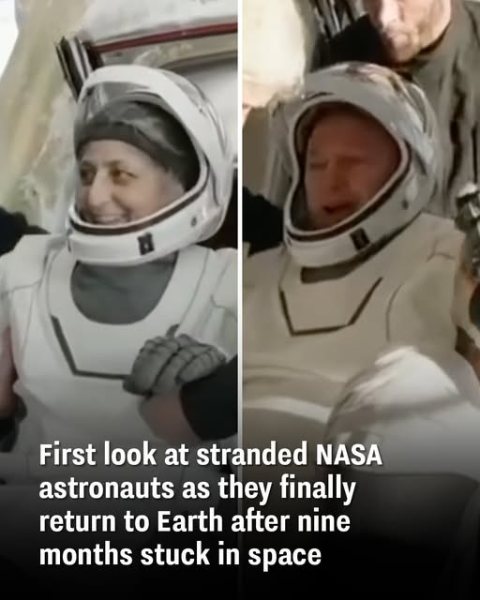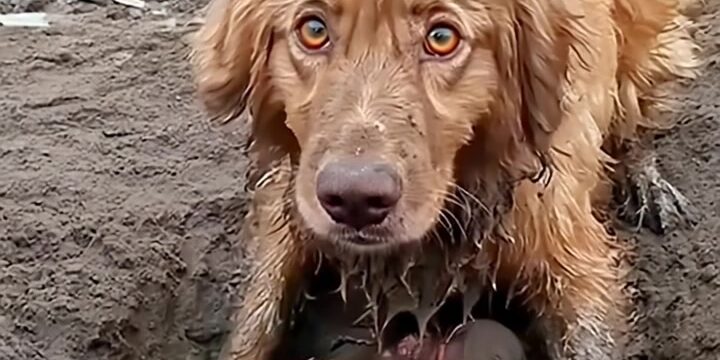
After an unexpected nine-month mission, NASA astronauts Barry “Butch” Wilmore and Sunita “Suni” Williams have safely returned to Earth. Their prolonged stay aboard the International Space Station (ISS) concluded with a successful splashdown on March 18, 2025, marking the end of an unplanned and challenging ordeal.
Mission’s Unexpected Extension
Wilmore and Williams launched to the ISS in June 2024 aboard Boeing’s Starliner spacecraft, specifically the Calypso module, for what was intended to be an eight-day mission. Shortly after arrival, critical malfunctions were discovered in the Starliner’s systems, including helium leaks and thruster failures, rendering the spacecraft unsafe for their return. Consequently, the astronauts were compelled to extend their stay on the ISS while NASA and its partners devised a solution.
Challenges in Planning the Return
Efforts to retrieve Wilmore and Williams faced numerous obstacles, prolonging their time in space to nearly 300 days. In September 2024, NASA astronaut Nick Hague and Russian cosmonaut Aleksandr Gorbunov joined them aboard the ISS to support the eventual return effort.
Successful Return to Earth
Progress was achieved when SpaceX’s Crew-10 mission docked with the ISS, facilitating the departure of the Crew-9 team—Wilmore, Williams, Hague, and Gorbunov. On March 18, 2025, at 5:57 p.m. Eastern Time, the SpaceX Crew Dragon capsule carrying the four astronauts splashed down off the Gulf Coast near Tallahassee, Florida. NASA described the landing as “smooth,” celebrating the crew’s safe return.
Recovery and Health Assessments
Following splashdown, recovery teams promptly reached the spacecraft. After ensuring the capsule’s exterior was free from oceanic saltwater, the hatch was opened, and the crew members emerged sequentially. Commander Nick Hague exited first, followed by cosmonaut Aleksandr Gorbunov, both appearing in good spirits. Sunita Williams and Barry Wilmore followed, each displaying optimism and relief. The crew underwent immediate medical evaluations, a standard procedure after extended periods in microgravity, to assess their readjustment to Earth’s gravity.
Reflections on the Mission
The unforeseen extension of their mission presented significant challenges, both physically and psychologically. Extended exposure to microgravity can lead to muscle atrophy, bone density loss, and cardiovascular changes. Psychologically, prolonged isolation and confinement require resilience and robust coping strategies. The astronauts’ ability to maintain their health and morale during this period is a testament to their training and dedication.
Implications for Future Missions
This mission underscores the complexities and risks inherent in human spaceflight. It highlights the necessity for rigorous spacecraft testing, contingency planning, and the development of reliable systems to ensure astronaut safety. The experience gained from this mission will inform future protocols, particularly for long-duration missions to the Moon, Mars, and beyond.
Conclusion
The safe return of astronauts Wilmore and Williams after an unplanned nine-month mission exemplifies human resilience and the collaborative efforts of international space agencies. Their experience provides valuable insights into the challenges of extended space travel and will contribute to enhancing the safety and success of future missions.





